
I have decided to something I have never done. I will give the punch line of the talk in the first ten minutes and tell you what the end point is……..and then I will show you piece by piece how they fit and how they fall apart. I plan on beginning my talk with the video above and ending it with the video at the end of this blog. The words of the videos should be your focus and not the song, albeit the songs are awesome.
If you are going to Vermont, you might want to read this before you see my talk live.
For those of you not attending, you’ll have a chance to see the video here on Patreon when it is ready.
NAD+ links directly to tryptophan and the circadian mechanism foundational to human life.
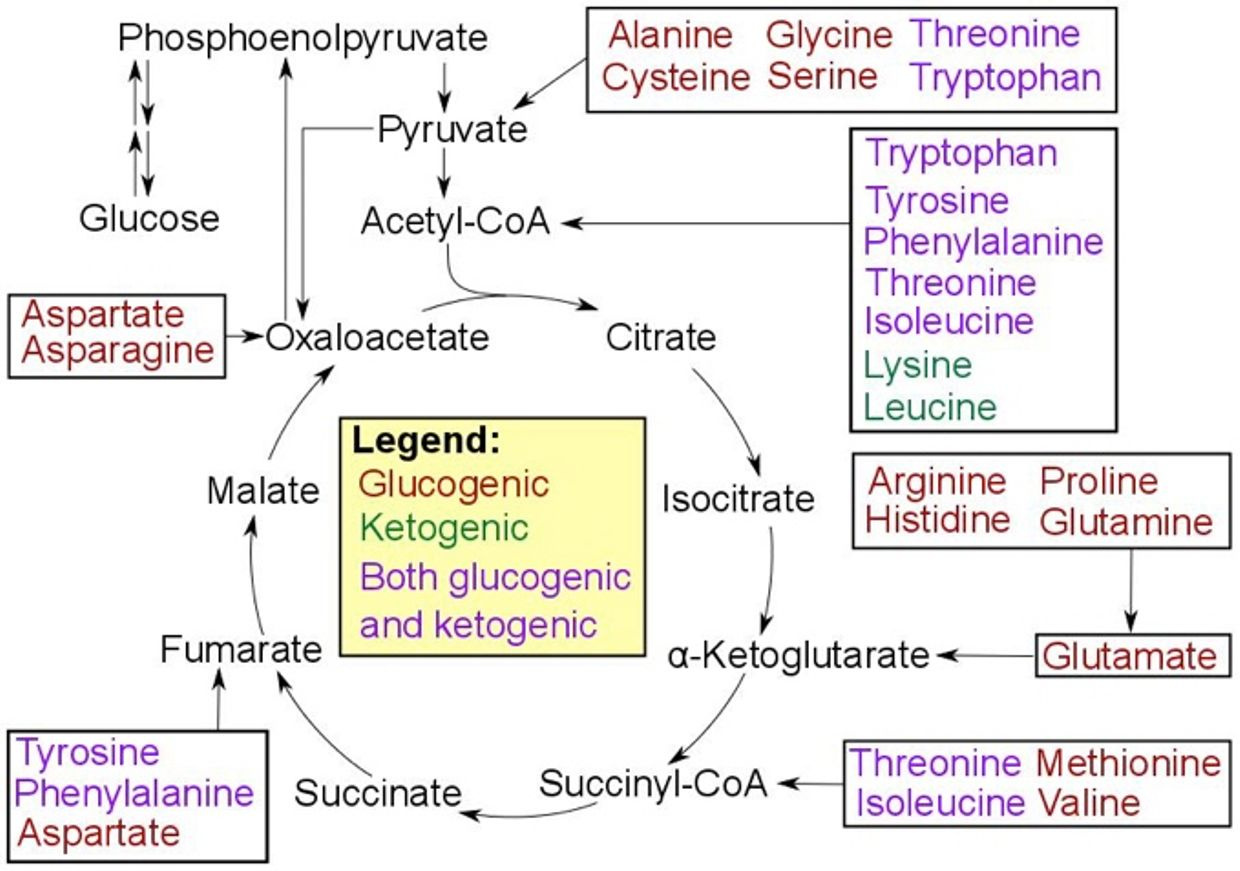
Ask yourself what do codons and ubiquitin marking have in common?
The answer is circadian biology. Did you know that tryptophan and methionine are the basis of the circadian mechanism in humans?
They are our key time crystals in our eye, skin, gut, and lung. They are the key gears in the eye clock I discussed last year in the Vermont video but nobody realized it. They will this year when I show them last years slides and they realize I was forshadowing the coming story on deuterium and UV light.
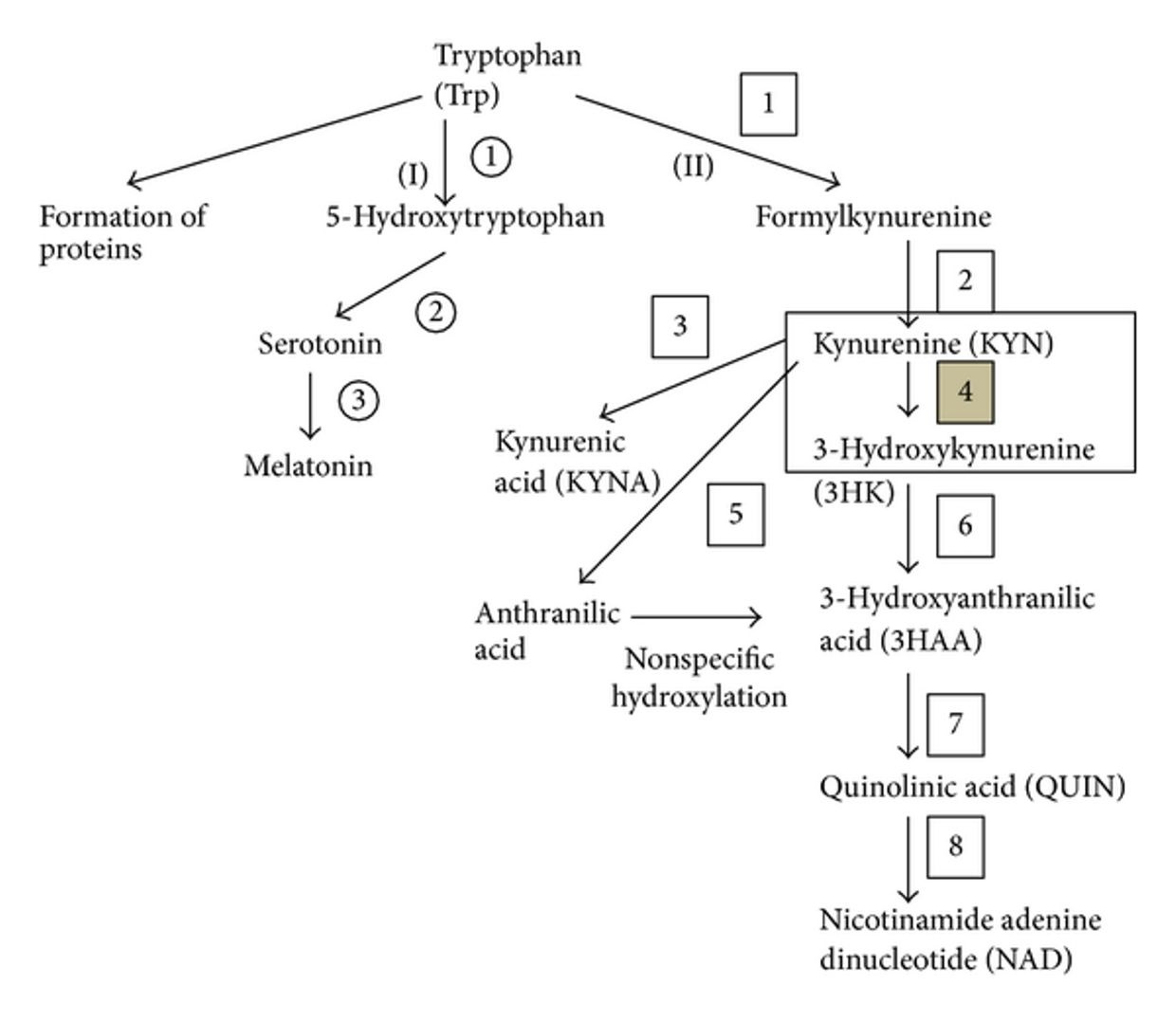
Look at step 8 above………I hope you remember that NAD+ is the key fluorophore protein of cytochrome 1 in every mitochondria in every cell of your body.
When the circadian mechanism is disrupted by any stressor, protein synthesis is increased and often not yoked to proper solar signals. Since we now know melanopsin is now present in eye, skin, and dermal fat it is becoming clear ubiquitin is linked to the melanopsin system.
That opsin is linked, via sunlight to cytochrome 1, NADH/NAD+ couple. Tryptophan has a unique absorption spectrum that hints it is a seasonal time crystal and it can be used by the endogenous timing mechanism by the addition of information and energy from photons, electrons, or by protons. Did you know tryptophan makes NAD+? I bet you did not.
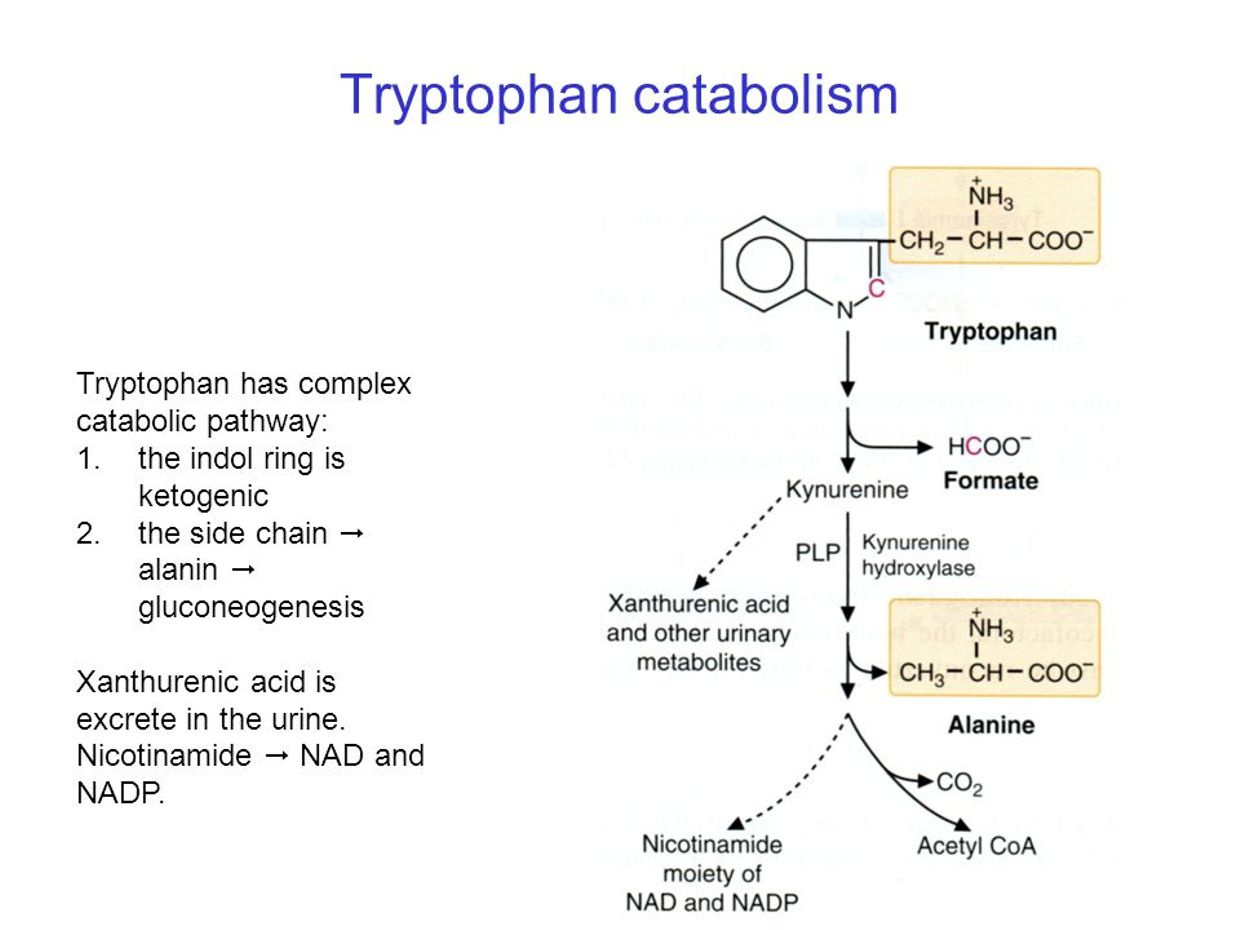
These two aspects of subatomic particles program the phenol ring of tryptophan differently in seasons because season have a different electromagnetic footprint codified by photosynthesis in food and this is deciphered by mitochondria. This is why tryptophan can be both ketogenic and glucogenic and it has but one codon because it decreases the signal to noise ratio to one.
This links its production directly to solar cycles via photosynthesis depending on how it was created by the sun. Methionine is the “exogenous time crystal” because it is also unique with one codon. Methionine and tryptophan are the only two amino acids with one codon in eukaryotes. Did you know this?
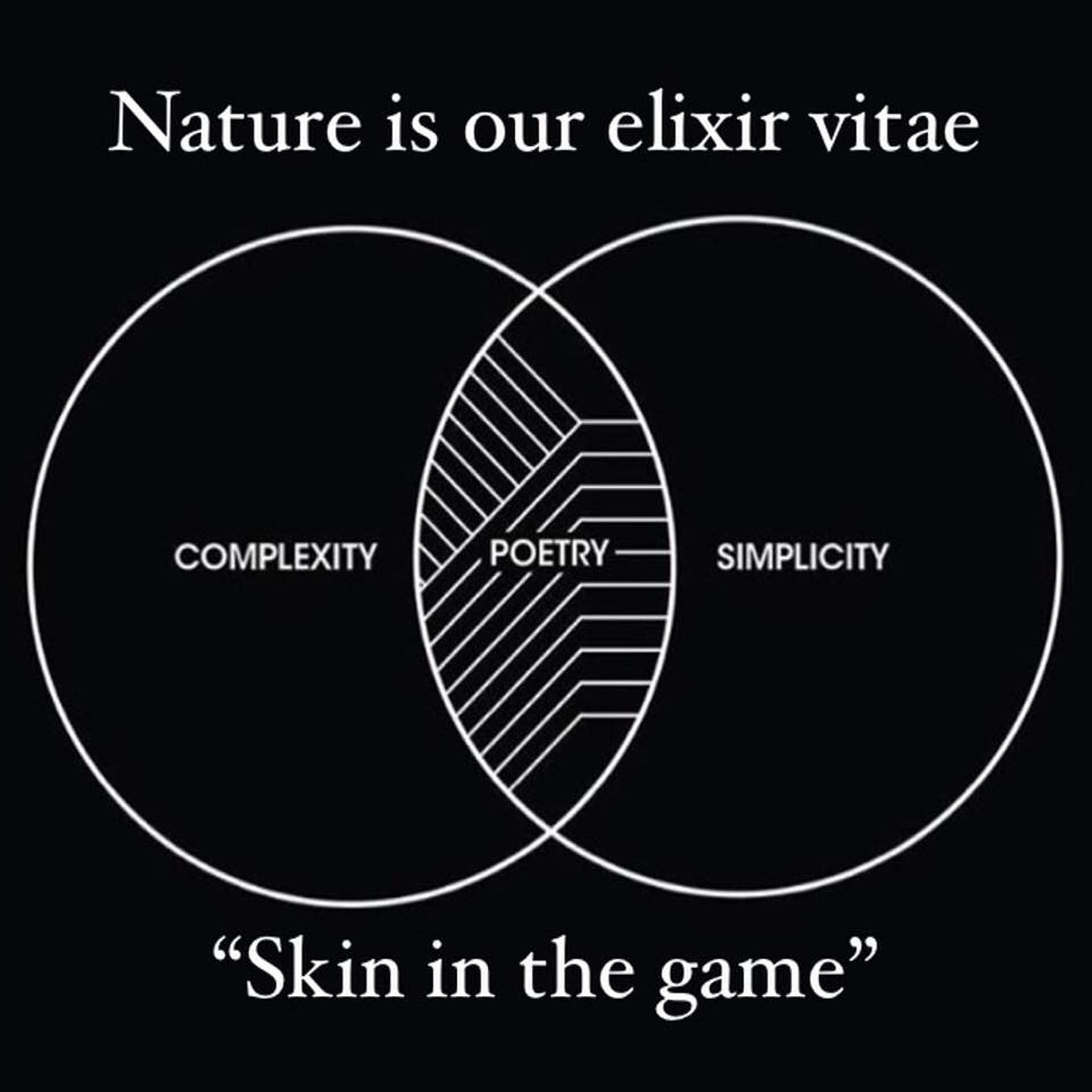
This fact in our kingdom of life has been true for 600 million years of evolutionary history. What else in our kingdom has not changed in 600 million years? DHA has never been replaced once in the same time frame even though there are other PUFA’s more easily made by cells. Ask yourself why this is the case? Why would mother nature do this? Now recall that the central retinal pathways in humans have more DHA in them than any other part of the brain. You think there is a reason behind that tied to this story in the skin? There is.
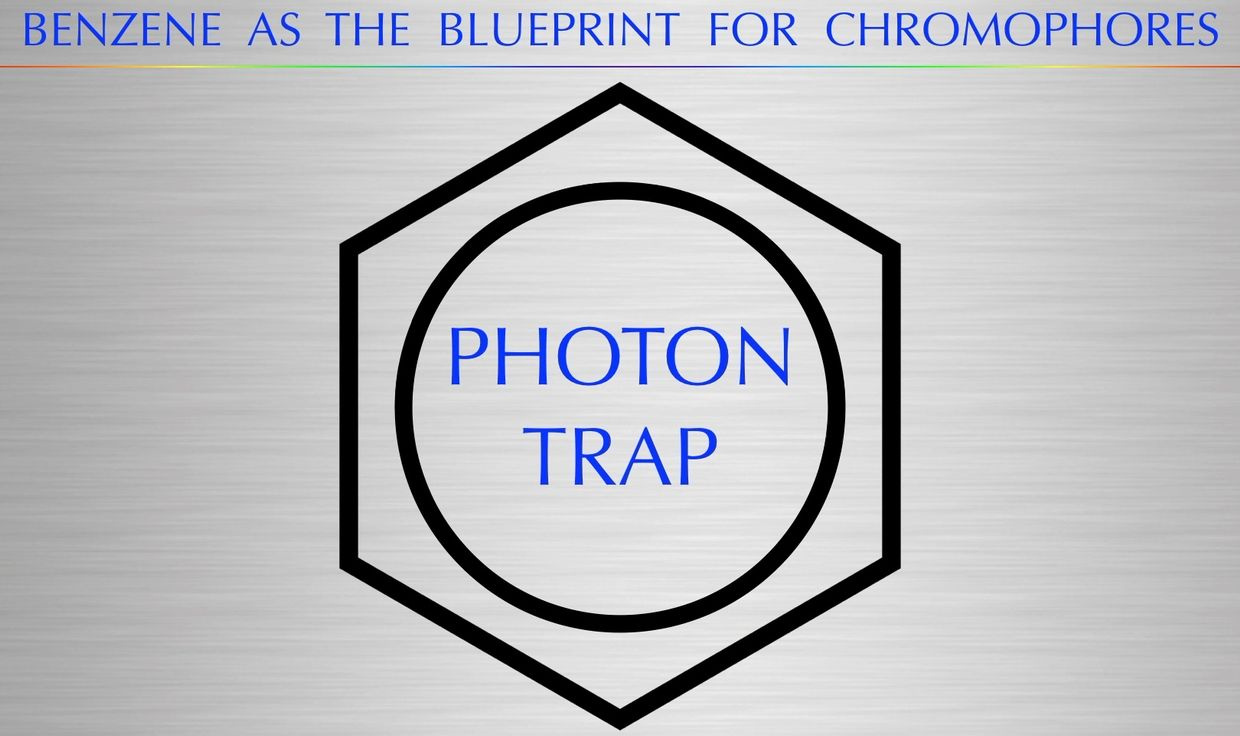
Methionine is an essential amino acid that cannot be made but has to be eaten, therefore, it gives energy and information to the mitochondria from the environment the animal is inhabiting. That signal must be yoked to the incoming light signals via the eye and skin to be ciphered. The mtDNA deciphers the message to pass it on to the nucleus to change epigenetic signaling via the addition or subtraction of electrons, protons, and photons to histones and methyl groups to affect chromatin binding and DNA kinetics and the Auger effect in cells.

Tryptophan is used to make melatonin and it controls mitochondrial DNA. These are main clock gears of the circadian mechanism. This topic will be explained in detail in Vermont 2018 on Saturday, June 2. Strap in. I’ve got a lot of people to prove wrong and this is going to be epic.